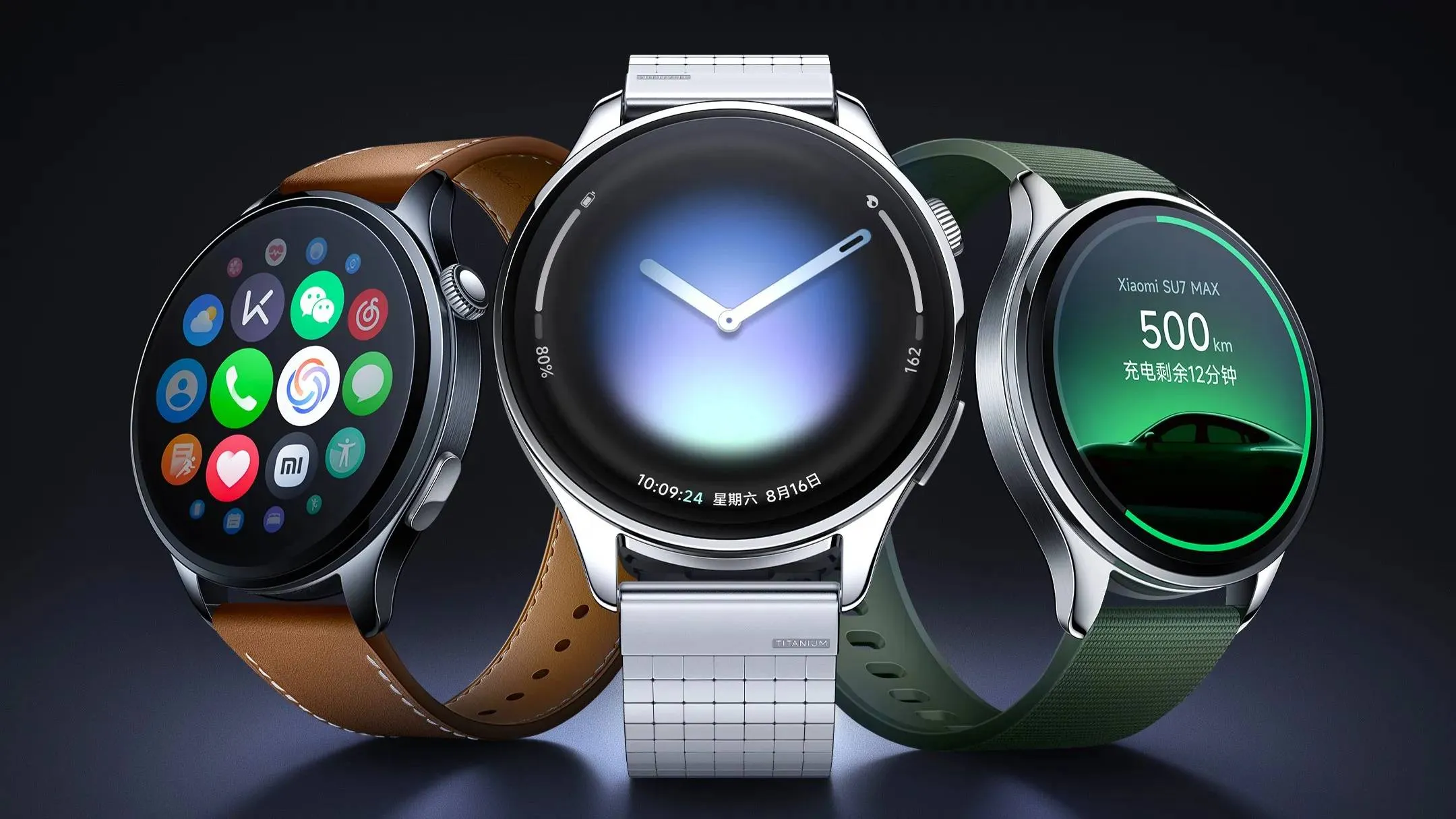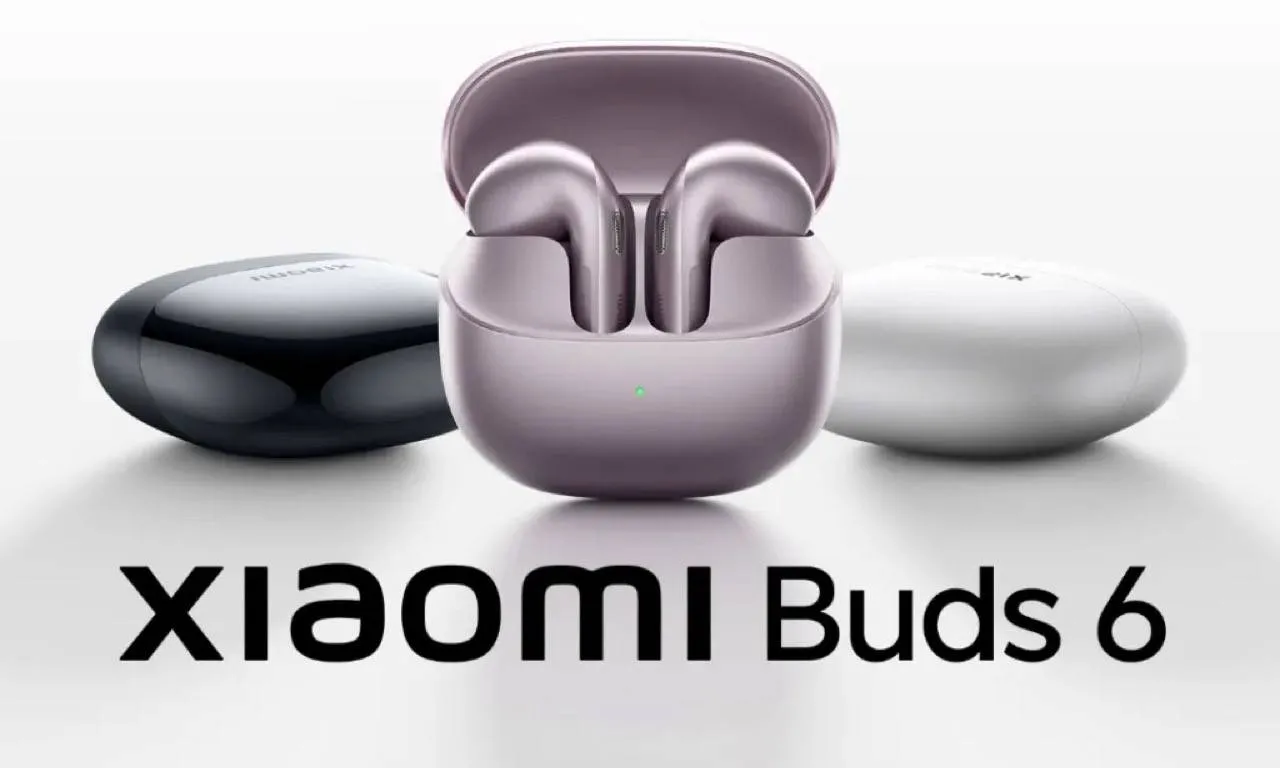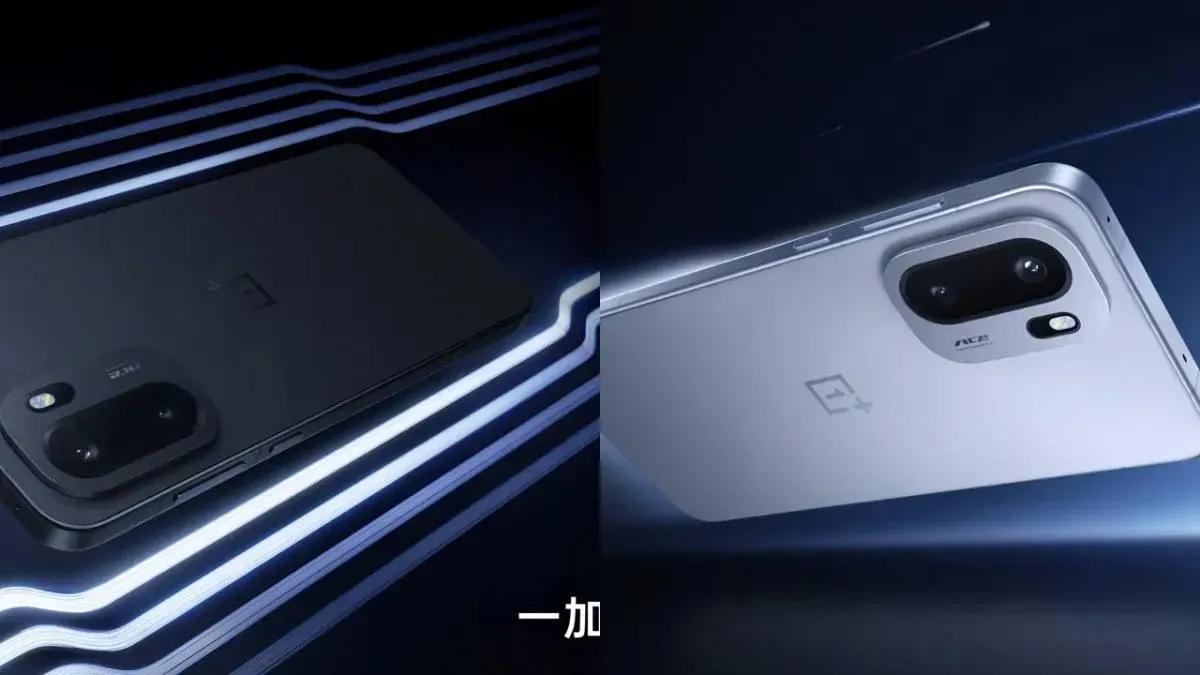New research claims to rejuvenate old lithium-ion batteries up to 95%
TechMonday, 15 January 2018 at 13:52
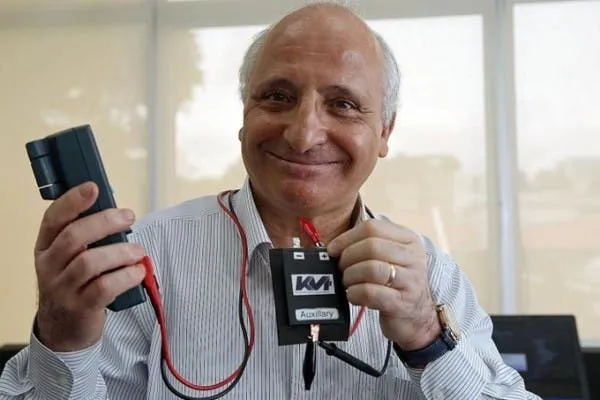
The smartphone industry and even the electric cars industry rely strongly on Lithium-ion batteries. It has been the norm for many years now and there aren't any widely adoptable tech to replace these batteries. However, a new research has found a way to rejuvenate old batteries by up to 95%. That's as good as new.
As you might be aware, Lithium-ion batteries work at full capacity up to around 500 charges. After that their capacity drops to 80% approximately. The new research by Singapore's Nanyang Technological University (NTU) claims to reverse the ageing of batteries by a big margin. If this newly found tech is feasible for quick mass adoption, the impact it could have on the smartphone and electric car industry could be huge.
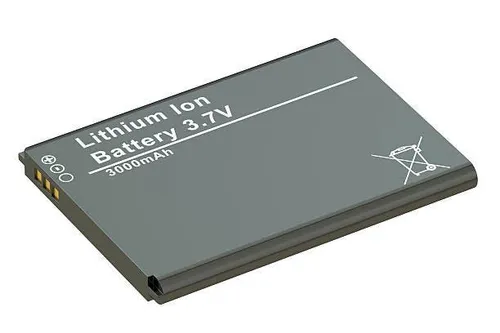
Delving into a bit detail, Professor Rachid Yazami of NTU said that his technique could restore old batteries to 95% capacity in a mere 10 hours. Moreover, the process could be repeated again every few years. According to him, this would prevent the huge environmental defects caused by lithium-ion waste thus making it much more environment-friendly.
We won't get into the nitty-gritty of the process of the new tech. However, the research uses a third electrode that is placed between the anode and cathode of the battery. The technology has been tested on prototype smartphones already. After the research was published, the NTU has been approached by the like of Apple, Samsung and Panasonic expressing strong interest. There have been a lot of such promising researches in the past. But none have made their way to mainstream adoption and use. We can imagine this being a very ominous sign for the whole battery manufacturing industry, if found feasible. For now, we're only hoping that this research actually delivers on its promise.
Bron: cnmo
Loading
